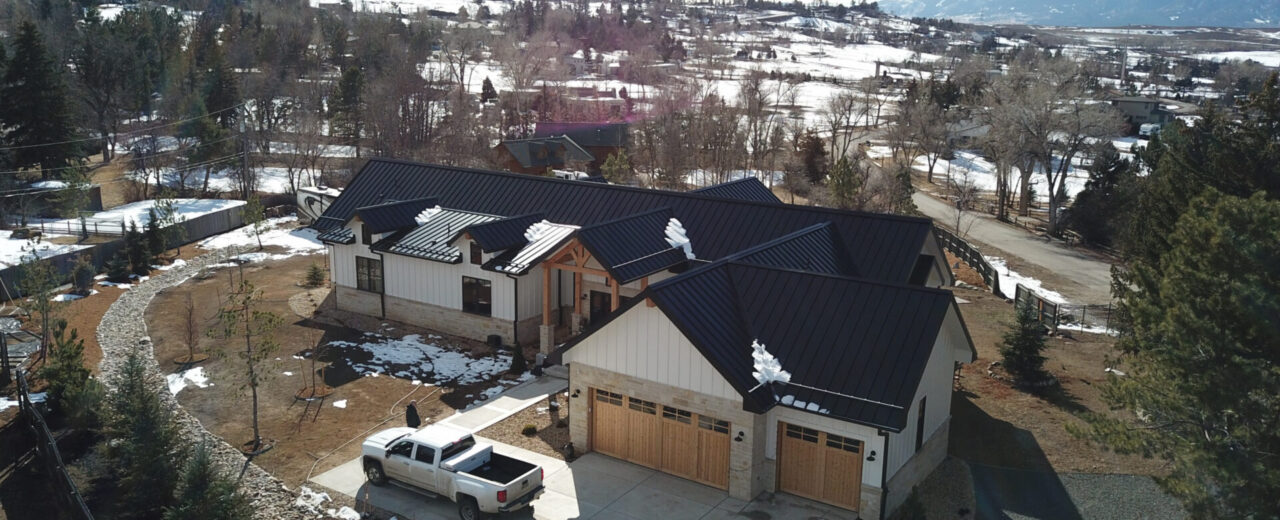What’s the Best Roofing Material for Your Climate?
Choosing the right roofing material for your home isn’t just about aesthetics—it’s about durability, energy efficiency, and long-term cost savings. The climate you live in significantly determines which roofing material will work best for your home. Here’s a breakdown of the best roofing materials based on different climates.
Hot and Sunny Climates
If you live in an area with intense heat and plenty of sunshine, such as the southwestern U.S., you need a roofing material that reflects heat and resists UV damage.
- Clay and Concrete Tiles – These materials reflect sunlight and keep homes cool. They also last for decades with minimal maintenance.
- Metal Roofing – Metal roofs reflect heat and cool down quickly, making them energy-efficient. They can also withstand extreme temperatures without deteriorating.
- Cool Roofing Options – Some asphalt shingles now come with reflective coatings designed to reduce heat absorption.
Cold and Snowy Climates
For homes in regions with harsh winters, heavy snowfall, and freezing temperatures, roofing materials need to be durable, insulating, and able to handle snow loads.
- Metal Roofing – Metal is one of the best choices for snowy climates because it sheds snow quickly, preventing ice dams and structural stress.
- Asphalt Shingles – High-quality, impact-resistant asphalt shingles can handle snow and freezing temperatures well. Look for ones rated for high wind and hail resistance.
- Slate Roofing – Although expensive, slate is incredibly durable, naturally insulating, and can last over 100 years.
Wet and Humid Climates
In areas with frequent rain, high humidity, or even hurricane conditions, roofing materials should resist moisture, algae growth, and wind damage.
- Metal Roofing: Metal is resistant to mold, mildew, and corrosion, making it ideal for wet climates.
- Slate and Tile – These materials don’t absorb water and can handle heavy rainfall.
- Architectural Asphalt Shingles – Look for algae-resistant coatings to prevent black streaks and moisture damage.
Windy and Storm-Prone Climates
A strong, impact-resistant roof is crucial for regions prone to hurricanes, tornadoes, or high winds.
- Metal Roofing – With proper installation, metal roofs can withstand hurricane-force winds.
- Impact-Resistant Shingles – Specially designed asphalt shingles with reinforced layers can resist wind uplift and hail.
- Concrete Tiles – These are heavy and resistant to wind but require a substantial roof structure.
Final Thoughts
The best roofing material for your home depends on your climate, budget, and maintenance preferences. Investing in the right roof will save you money on repairs and energy bills while ensuring long-term durability. Before deciding, consult with a professional roofer to determine the best fit for your region.


